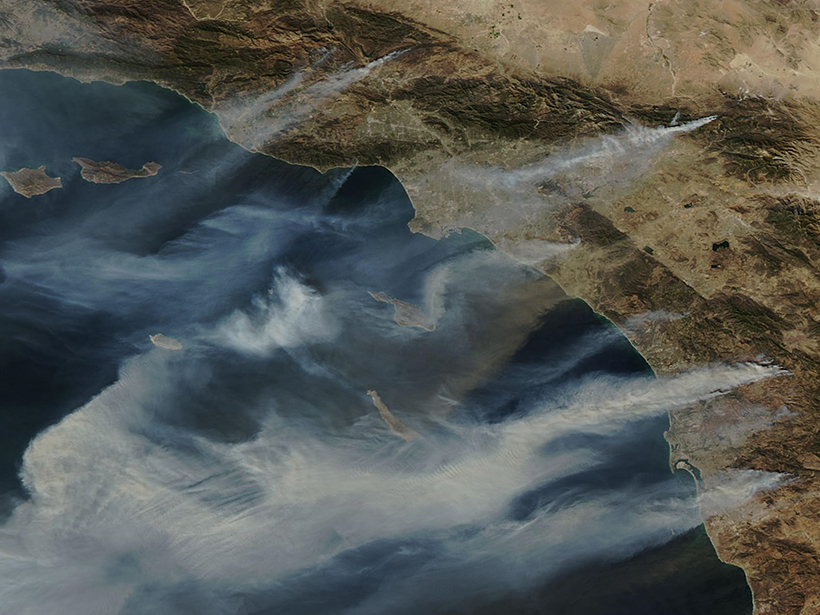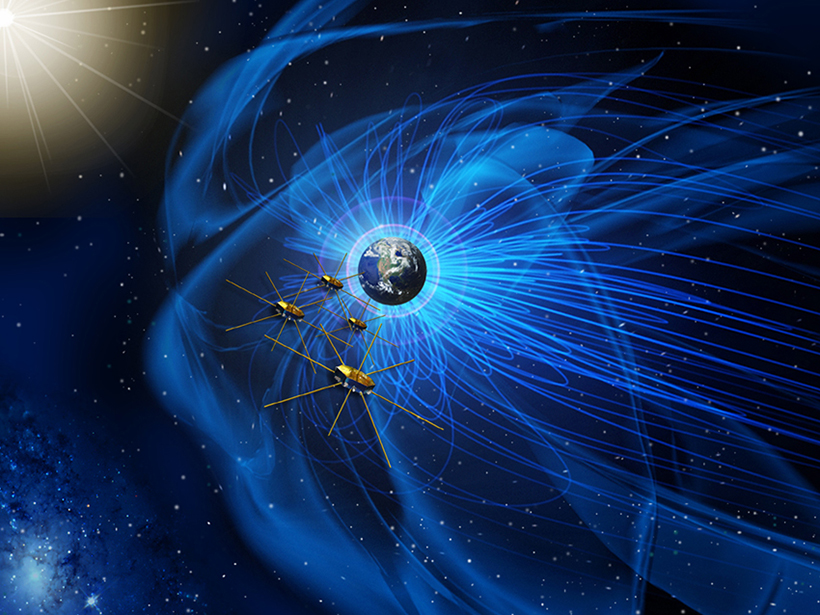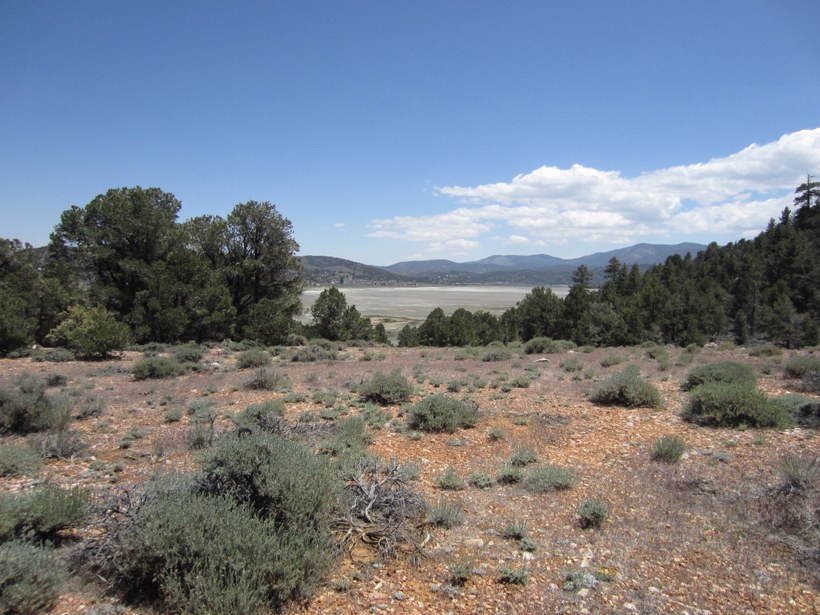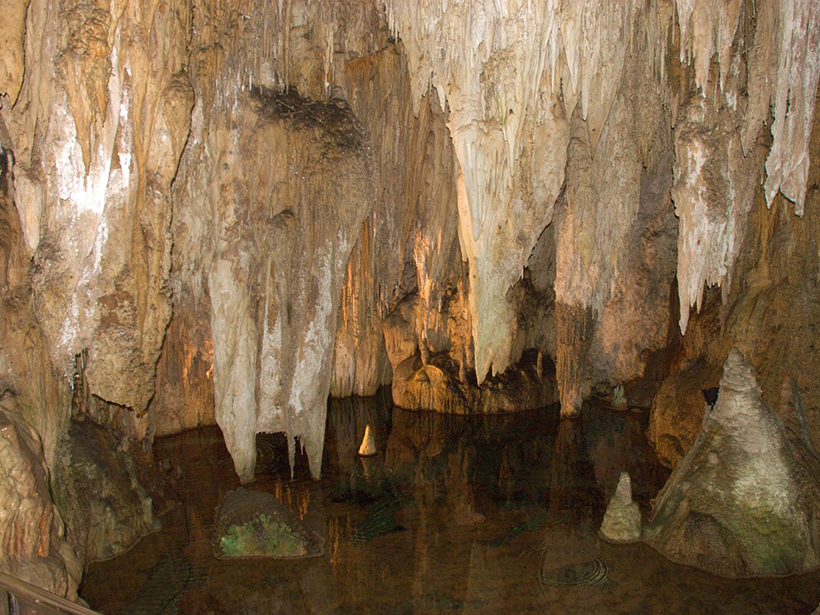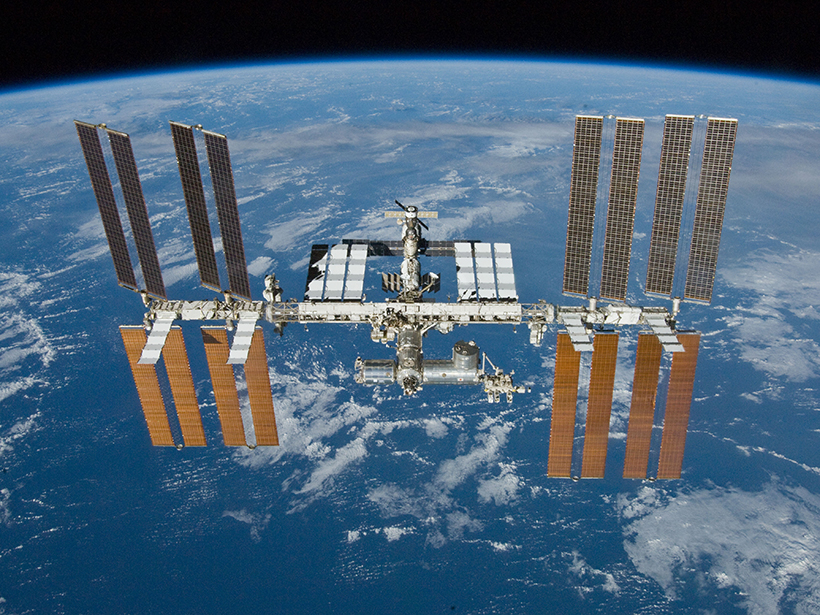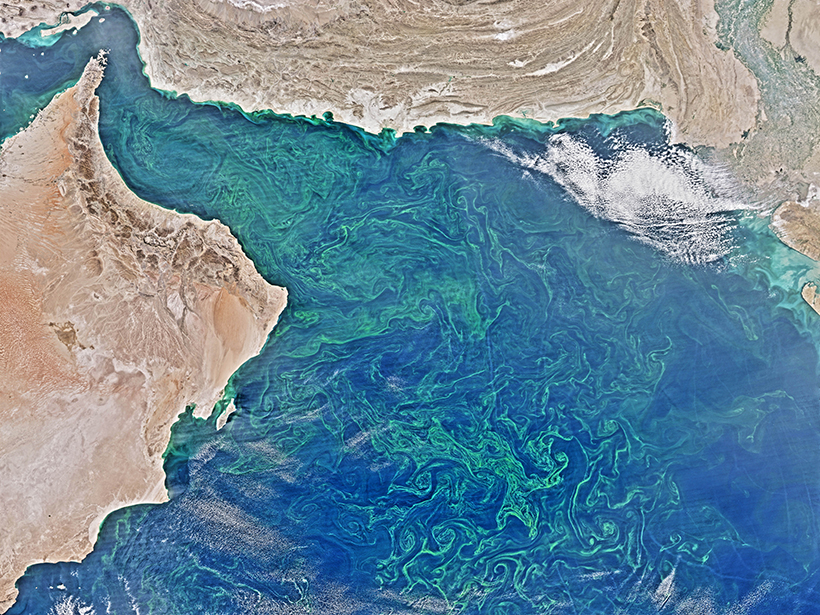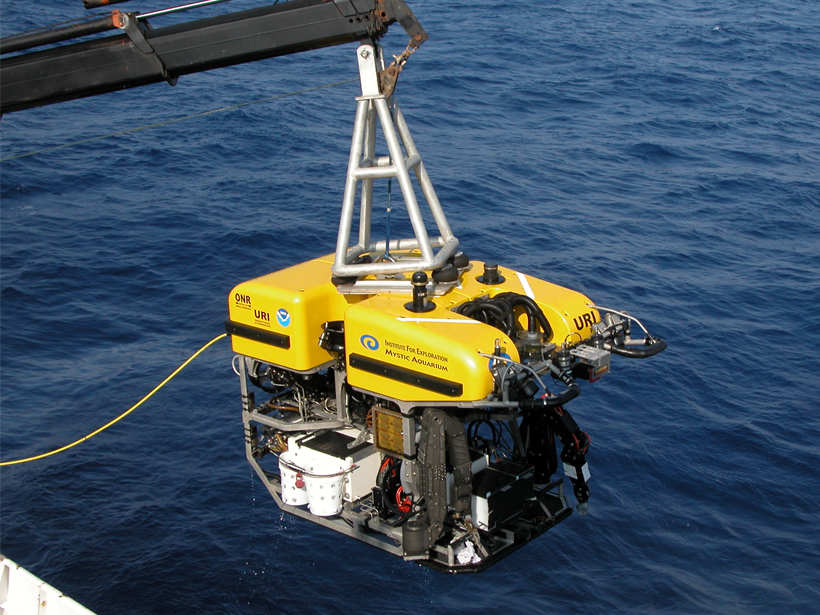Researchers apply a superparameterization technique to boost the accuracy and efficiency of climate predictions generated by the Energy Exascale Earth System Model.
Research Spotlights
Research spotlights are plain-language summaries of recent articles published in AGU’s suite of 24 journals.
“Electron Wings” Can Interfere with Spacecraft Measurements
Spacecraft sometimes produce a form of electrical self-interference as they zip through plasmas in space—a previously unreported effect that may be lurking in old data sets.
Santa Ana Winds and Wildfires Influence Air Pollution
Inhaling particulate matter is hard on human health. New research shows that Southern California’s Santa Ana winds can clear or exacerbate fine-particulate pollution depending on wildfire conditions.
Deciphering Electron Signatures in Earth’s Magnetic Tail
A new analysis of spacecraft data collected near the tip of Earth’s magnetotail sheds light on how geomagnetic activity affects the motion of electrons in this region.
Wildfire Smoke Boosts Photosynthetic Efficiency
Wildfires can destroy large tracts of vegetation. But their smoke plumes may help crops and other plants use sunlight more efficiently.
Southern California Climate Change over 100,000 Years
Researchers used a sediment core from a lake in California’s San Bernardino Mountains to track the effect of climate on vegetation, fire, and erosion between about 120,000 and 15,000 years ago.
How to Read Atmospheric History Written in Flowstones
Oxygen isotope ratios in cave deposits reflect past climates, but interpreting these data is not straightforward. A new study explores what these ratios really tell us.
Atmospheric Drag Alters Satellite Orbits
A new modeling study shows how the density of the thermosphere influences the paths of satellites in low Earth orbit.
Anaerobic Activity Is a Big Contributor in Marine “Dead Zones”
Climate models that do not account for anaerobic microbial activity may underestimate future expansion of oxygen-depleted waters.
Investigating Rates of Microbial Methane Munching in the Ocean
Analyses of microbial activity in seawater samples help clarify the fate of methane released from the seafloor.



